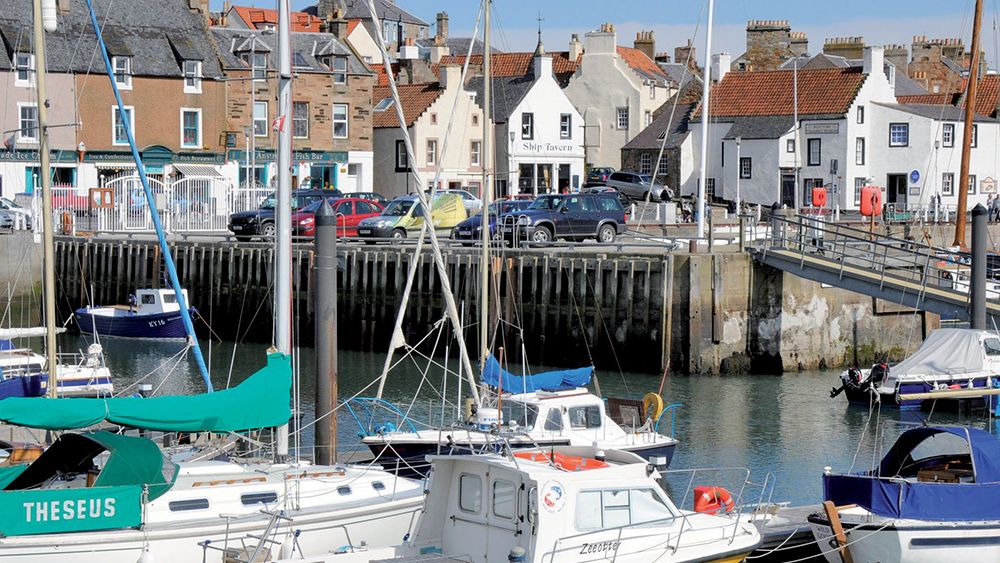2014
Anstruther, United Kingdom
This listed pier in Anstruther harbour was once the centre of the Scottish fishing industry. Picturesque Anstruther harbour is now a popular tourist attraction and is mainly occupied by private pleasure crafts.
The Folly Pier in the centre of the harbour provides primary access to the floating pontoons and is also used for parking and as a working area for harbour users.
Project Requirements
A structural survey by Fife Council in 1995 identified problems with the aging skeletal under-structure of the pier. After further monitoring, a point was reached where repairs had to be undertaken in order to retain the future integrity of the pier. As the pier is a listed structure, it was essential that any repair works did not affect the external appearance of the pier. It was also important that the repair work be long lasting and completed to a set budget and within a short time window to minimize any disruption to users of the pier.
Sika Solutions
After a cost/benefit analysis was completed, it was decided to in-fill the void beneath the pier with mass concrete, rather than undertake repairs to the existing support framework. As the majority of the concrete was to be placed underwater, a specially formulated mix was required that would give very high resistance to washout and also be capable of being placed without compaction.
The tried and tested Sika Underwater Concrete System was the solution of choice, and Breedon Concrete supplied 2,000 cubic metres of a special mix design formulated for this project.
The Sika Underwater Concrete System uses Sika UCS powdered underwater stabilizer to produce a very cohesive, non-segregating mix with excellent wash-out resistance, even in flowing conditions. This is combined with a powerful superplastisiser, Sika Viscocrete®-10, to produce a free flowing concrete mix that can be placed underwater without compaction.
The concrete was placed within black stainless steel sheeting by three divers from underwater engineers Atlas Marine.

